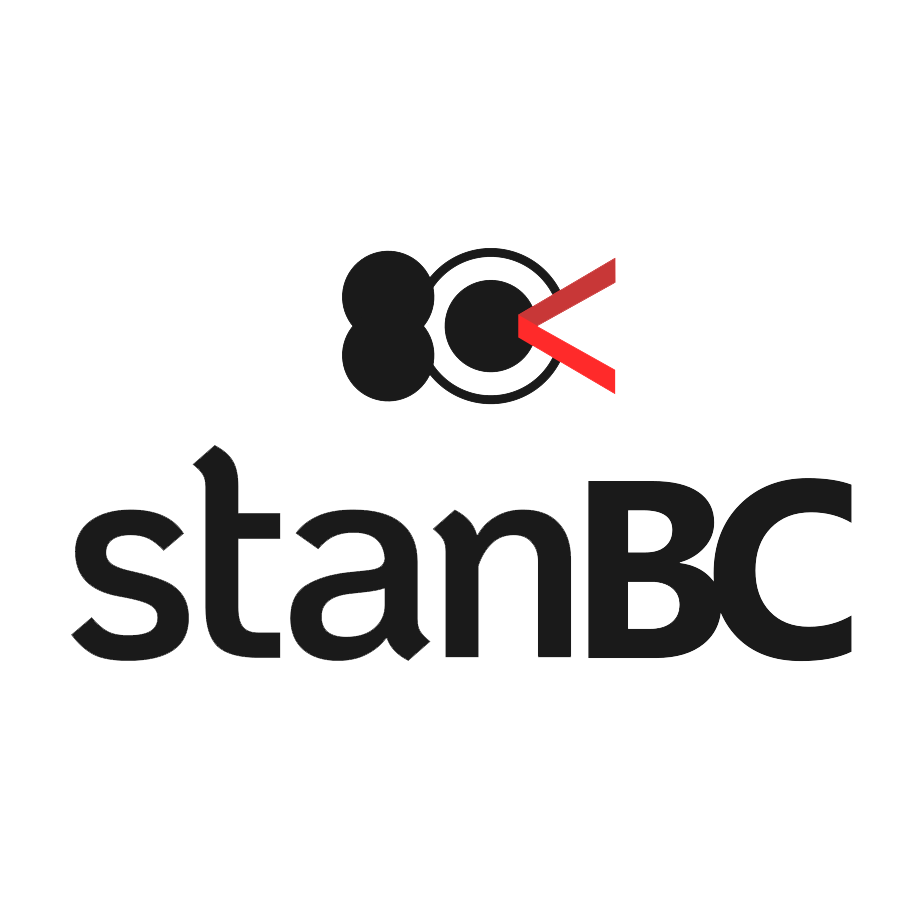Work Packages
WP1: Traceable quantification of the aerosol light absorption coefficient
The aim of this work package is to provide complete traceability for the EMS (extinction minus scattering) and PTI (PhotoThermal Interferometer/Interferometry) methods for the measurement of light absorption coefficient at multiple wavelengths using gas and aerosol reference materials, and to set up a robust uncertainty budget as a function of the ambient aerosol properties (SSA﹦0﹣1) and different wavelengths of the light source. The field instruments will be calibrated in the laboratory by being compared to the reference EMS and PTI, and traceable procedures for this developed in WP3.
WP2: Reproducible quantification of the aerosol mass absorption cross-section
The aim of this work package is to apply the standards for the determination of mass absorption cross-section (MAC) based on traceable measurements of the light absorption and the standard measurement of elemental carbon (EC) mass. The WP will also explore the feasibility of a BC proxy based on Refractory Black Carbon (rBC) which would have the advantage of improved time and size resolution for environmental measurements. The relationship between rBC mass and EC mass (EN 16909:2017) will be examined via inter-comparisons. This will create the basis for a potential new CEN standard (WP4) and linkage with the existing EC standard EN 16909:2017.
WP3: Development of a calibration procedure for filter-based absorption photometers
The aim of this work package is to develop methods for calibrating filter-based photometers with respect to i) aerosol light absorption and ii) eBC mass concentration. This will require a series of well-defined polydisperse aerosols generated in the laboratory (WP3), traceable methods for aerosol light absorption (PTI and EMS, developed in WP1) and accurate MAC-values for the conversion of light absorption to eBC mass concentration (WP2). The SSA of the laboratory-generated aerosols will span the whole range (from 0 to almost 1) in order to obtain SSA-dependent (and therefore site-specific) calibration factors.
WP4: Towards a new CEN standard for aerosol light absorption measurement and eBC mass concentration determination
The aim of this work package is to develop a new CEN standard for: a) Traceable reference methods for determining aerosol light absorption coefficients (i.e. at multiple wavelengths) and b) Materials and methods for calibrating filter-based photometers against the reference method(s). To this end, a process to form a dedicated working group will be initiated within CEN/TC 264 “Air quality”. The Consortium will also work closely with the CEN/TC 264/ WG35 “Standard Method for Measurement of OC and EC Deposited on Filters” and ISO/TC 146/SC 3 “Air quality: Ambient atmospheres” to ensure that the outputs of the project are aligned with their needs.
WP5: Creating impact
The aim of this work package is to maximise the value and impact of the scientific work delivered by the project through a combination of interaction with the main stakeholders and end-users, including two-way information exchange, input into European standards, assisting Member States to comply defensibly with existing legislation, evidence based outcome to help formulate improve policy and metrics, practical help and training for end users, and facilitating commercial exploitation of the results by European-based businesses.
The whole intention of the project is to have a significant and measurable impact on air quality and climate-focussed studies, and on the confidence and comparability with which air quality legislation is delivered across Europe, within the project lifetime. The impact work package is geared towards ensuring these important outputs are delivered properly and promptly.
WP6: Management and coordination
The aim of this work package is to provide a description of the management and coordination in order to ensure a successfully run project. Details of the plans for reporting and meetings are also specified. A project management board (the coordinator and WP leaders) will be created to monitor project activities, to facilitate the completion of deliverables by set deadlines and to take responsibility for frequent communication between the partners.
